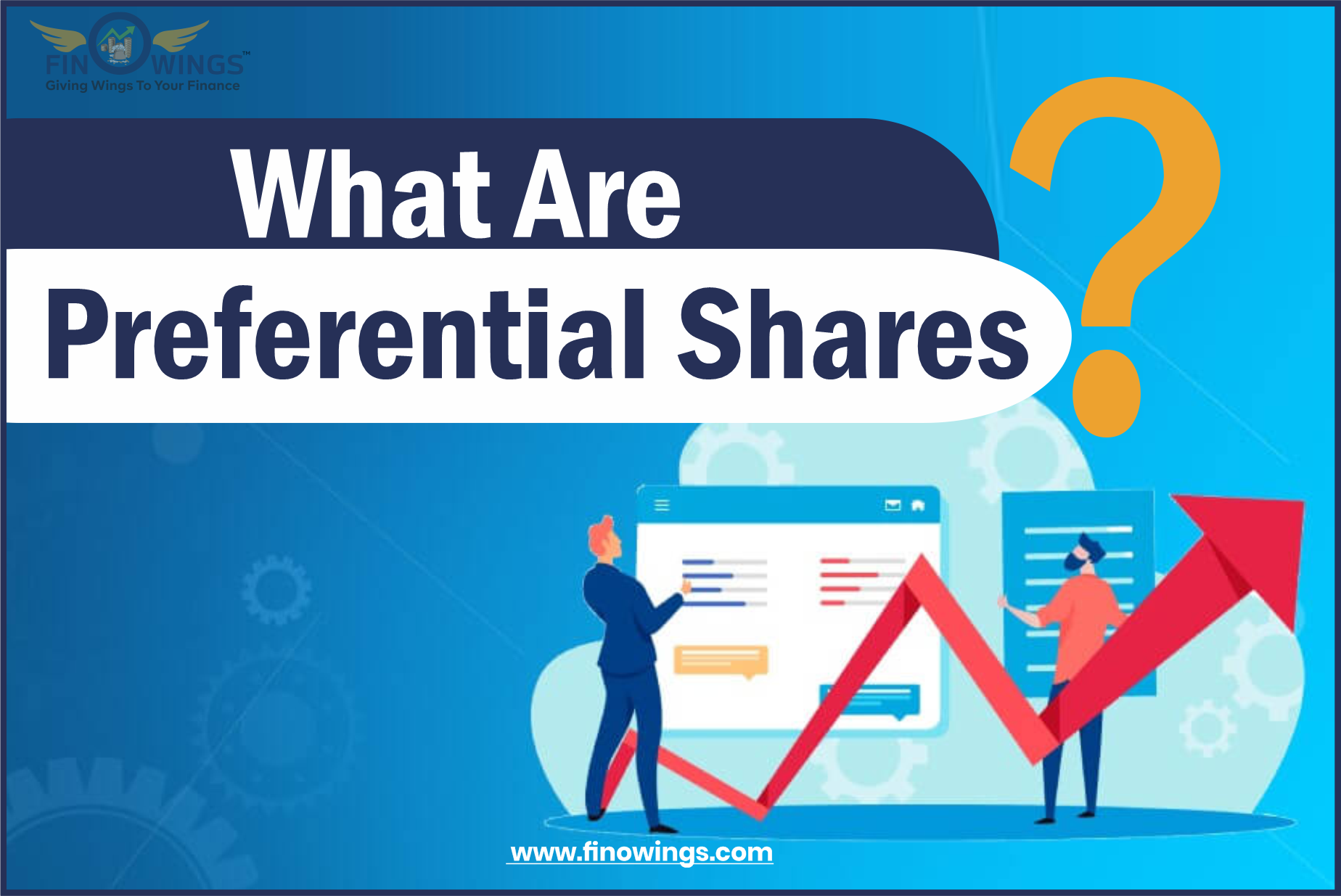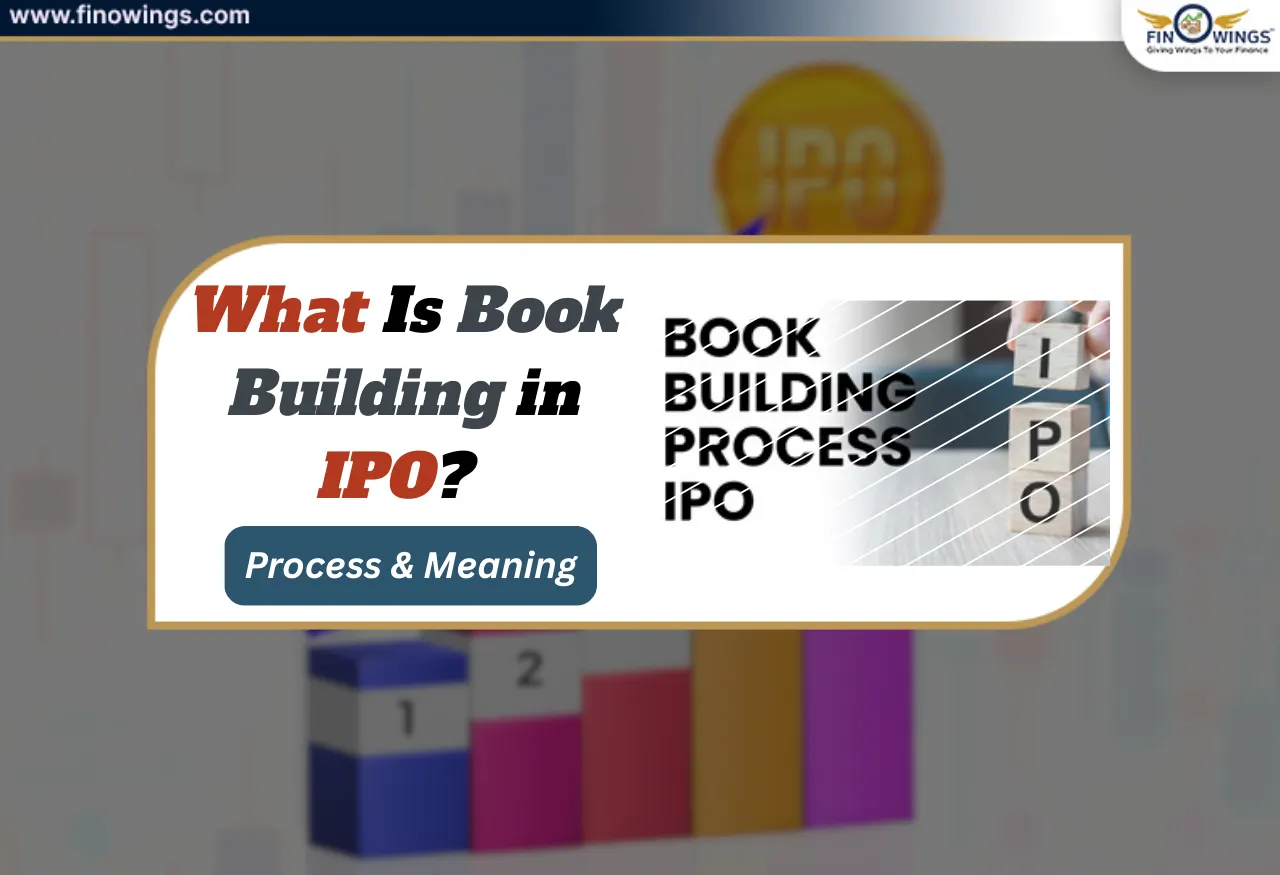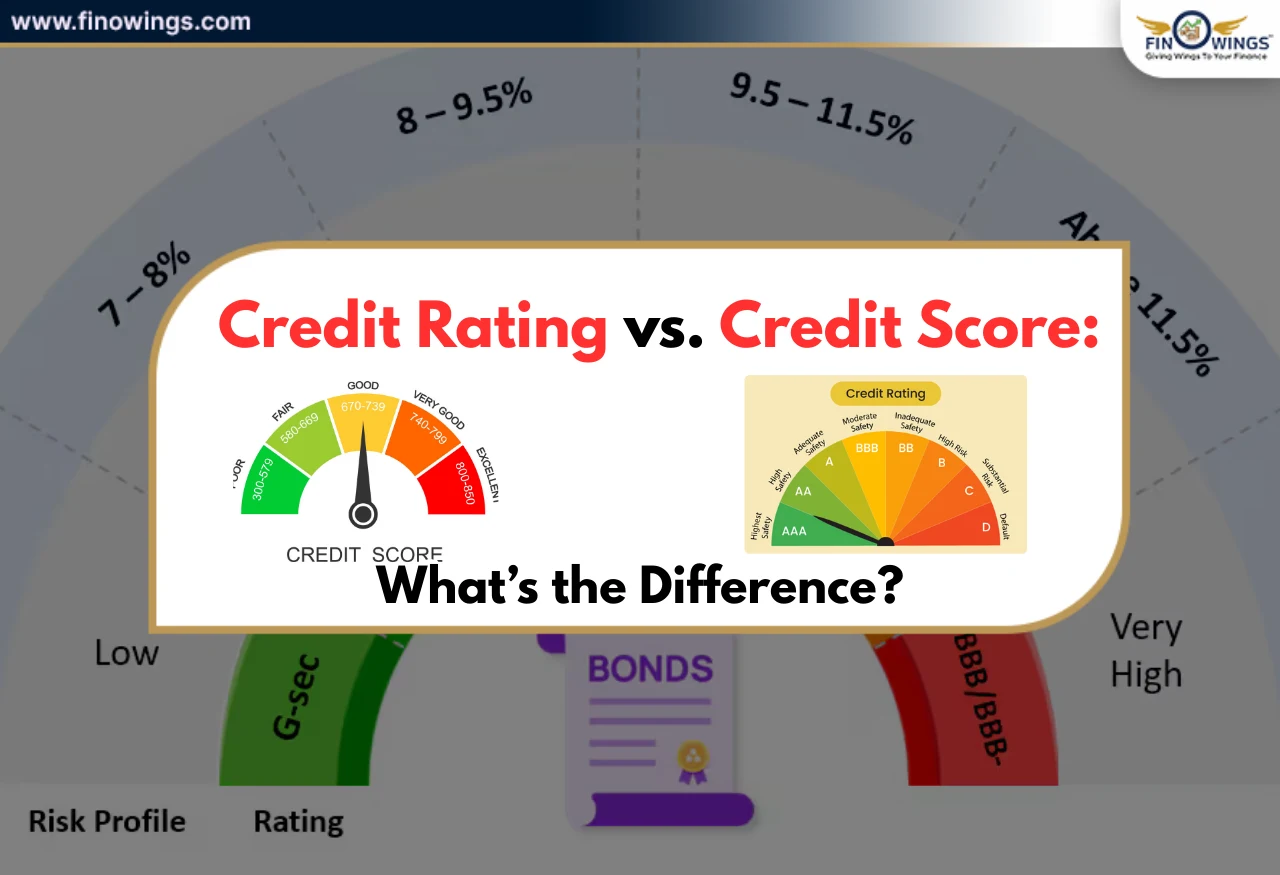Home >> Blog >> What Are Preference Shares? Risk, Benefits & Types
What Are Preference Shares? Risk, Benefits & Types

Table of Contents
What are preferential shares?
1. Preference Share Meaning
Preferred stock, commonly referred to as preference shares, is a type of share choice that allows owners to collect dividends from a corporation before equity owners do.
Preference shares give owners a particular entitlement to dividend claims throughout the company's existence and the choice to request investment payback in the event of the company's dissolution.
Given that it combines the traits of both debt and equity investments, it is regarded as a hybrid security solution.
The investors made possible by issuing preference shares are referred to as preference share capital, and preference shareholders can be regarded as the company's owners.
They, however, lack all voting rights, in contrast to equity stockholders.
2. Characteristics of Preference Shares
Preference shares have the following features:
-
For stockholders, a preferred dividend choice.
-
Shareholders of Preference do not have voting privileges.
-
If the firm is wound up, the shareholders are entitled to claim the assets.
-
The fixed dividend payment is made to stockholders, regardless of profit.
-
Performs the role of a hybrid finance source.
3. Preference Share Types
Following is a discussion of the various types of preference shares:
-
Cumulative preference share. The owners of cumulative preference shares have the right to receive cumulative dividend payments even while a firm is not producing money. Whenever the firm is not making a profit, these dividends would be considered arrears and paid cumulatively the following year in which the firm makes a profit.
-
Non-cumulative preference shares. Dividends in the manner of arrears do not accumulate in these shares. Regarding non-cumulative preference shares, the firm's existing profits are used to give out dividends. Suppose a corporation has a year without a gain. In that case, the shareholders are not given any dividends for that year and are not eligible to receive dividends in subsequent profitable years.
-
Participating preference shares. In the case of the firm's liquidation, after dividends have been given to the other shareholders, such shares permit the stockholders to claim a portion of the excess earnings. In other respects, together with equity shareholders, these stockholders receive set dividends and a portion of the firm's surplus profit.
-
Non-participating preference shares. The shareholders of these shares do not have the extra choice of receiving dividends from the firm's excess profits. The stockholders, in this instance, only get the fixed dividend.
-
Convertible Preference Shares. Convertible preference shares enable stockholders to convert their preferred shares into equity shares at a fixed rate following the expiration of a predetermined period as specified in the agreement.
-
Non-convertible Preference Shares. Preference shares of this kind can't be changed into equity shares. Exclusively fixed dividend payments will be made to these shares, and they will also receive priority dividend payments in the event of a firm's liquidation.
-
Redeemable Preference Shares. Shares that could be bought back or redeemed by the issuing business at a set price and time are known as redeemable preference shares. These shares benefit the business by acting as a cushion throughout inflationary periods.
-
Non-redeemable Preference Shares. Preference shares that can't be redeemed at any moment throughout the company's existence are known as non-redeemable shares. In other words, these shares are only redeemable when the firm is wound up.
4. Preference Shares Benefits
Preference stock benefits the issuer and the stockholder, allowing shareholders first dibs on dividends. Both of these groups contain these advantages.
The following advantages are granted to the issuer:
-
No duty to pay dividends. With cumulative preferred shares, the issuer can postpone dividend payments. If there are not enough dividend funds, the business may delay making the payment to the shareholder until the next month. The corporation is no longer compelled to pay its shareholder.
-
Flexibility. The flexibility of preferred stock allows the company's board of directors and administration to determine the terms for the shares in any way they see proper.
-
Preferred stock contributes to an investor's advantages in the following ways:
-
Secured position. In comparison to ordinary stockholders, holders of preferred shares are in a much safer situation in the event of the company's insolvency. The benefits of collecting a company's assets first lie with the former.
-
Fixed income. Shareholders can earn a set passive income from preferred stock in the shape of dividend payouts based on the kind of preference share selected and the company they purchased equity in.
5. Preference shares and equity shares differ from each other in what ways?
Equity investors have voting privileges within the company. Preferred stockholders do not have voting power, although they own the same amount of the corporation as equity stockholders.
Whenever it relates to the payment of investment in the event of a company's dissolution and the payment of fixed-rate dividends, preferred stockholders are given priority over equity stockholders.
Preference share dividends are cumulative, another important distinction between preference and equity shares. Regardless of whether it isn't paid out for a while, the equity share payout is not cumulative. Preference shares can also be redeemed, but equity shares cannot.
Equity stockholders can engage in the firm's administration because they have voting power. Preferred stockholders do not have voting power, so they cannot engage in the firm's administration. Additionally, while preference shares are not required for all corporations to register, doing so is a requirement for equity shares.
6. Potential Risks of These Shares?
These shares, similar to all other financial products, also have some inherent risks, emphasizing the drawbacks of preference shares. Regarding the number of dividends the shares will pay out, there are concerns throughout substantial market changes. Therefore, those who have a significantly reduced risk tolerance might not want to take too many risks with this particular investing opportunity.
Additionally, certain preference shares linked to PAT may potentially guarantee higher returns. Moreover, there could be significant hazards involved with the same.
Lastly, these shares are typically issued by businesses with significant market capitalizations that can sustainably pay out sizable dividends to a subscriber base. Although it might appear to be a risk-reducing measure, it might or might not work in practice.
Conclusion
A smart strategy to gain a priority spot among shareholders of a corporation is to acquire preference shares. One has the special benefit of collecting dividend payments if the corporation believes there is liquidity in its shares. The conditions for preferred shareholders are also up to the issuers, some of which may grant holders voting power in exceptional situations.
Author
Frequently Asked Questions
The shares that allow owners to obtain dividends declared by the firm before getting them to the equity stockholders are preference shares or preferred stocks.
Preferred stockholders are the first to get payments from the corporation if it decides to distribute dividends to stakeholders.
Redeemable preferred stocks are those that the issuing corporation can buy back or redeem at a set price and time. These shares benefit the business by acting as a cushion during inflationary periods.
The shares that cannot be redeemed or acquired by the issuing corporation at a specific date are known as non-redeemable preferred stock. Non-redeemable preference shares are a lifesaver for businesses during inflationary periods.
If stakeholders wish to shift their holdings, they can transfer their preferred stock into a specified number of preferred stocks, which can then be converted back into common shares.
Investors are informed that certain preference shares may be transformed anytime after a certain date, whereas other shares may need the board of directors' consent to be converted
The various security holders in a firm that declares bankruptcy will be entitled to share the company's assets. The rights granted to those security holders in their security agreements will determine how they receive their respective shares of the assets. Preference shares, for example, will typically be paid before common shareholders since they have priority over the common shares. Therefore, preference shares will typically have a lesser priority compared to corporate bonds, debentures, or other fixed-income assets.
These shares are favoured above other varieties for a number of reasons. First, choosing these shares is the best approach for investors to future-proof their investments and take benefit of preference shares. For instance, if the company unexpectedly declares bankruptcy, all holders of preferential stocks will be given first dibs on the assets being auctioned off.
People with low-risk appetites are sure to be drawn to such benefits when it concerns making investments in uncertain times. Additionally, preference stockholders can simply convert some of their shares into common ones and profit from there if the company's ordinary shares begin to perform exceptionally well




















